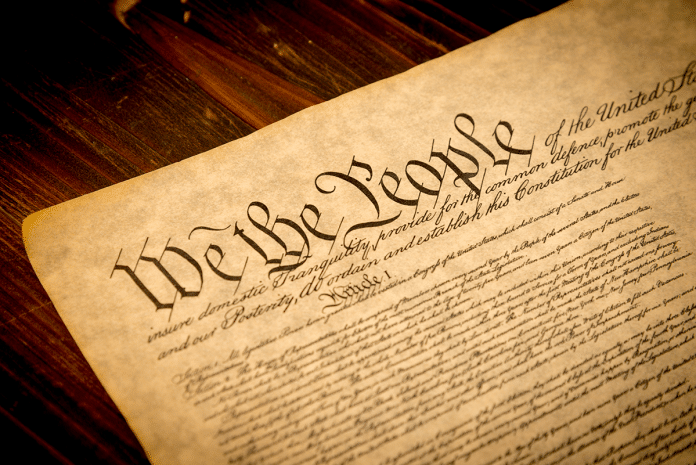WASHINGTON – For the first time, the Department of Veterans Affairs (VA) and the Department of Housing and Urban Development today published the most authoritative analysis of the extent and nature of homelessness among Veterans. According to HUD and VA’s assessment, nearly 76,000 Veterans were homeless on a given night in 2009 while roughly 136,000 Veterans spent at least one night in a shelter during that year.
This unprecedented assessment is based on an annual report HUD provides to Congress and explores in greater depth the demographics of Veterans who are homeless, how the number of Veterans compare to others who are homeless, and how Veterans access and use the nation’s homeless response system. HUD’s report, Veteran Homelessness: A Supplement to the 2009 Annual Homeless Assessment Report to Congress, examines the data in the department’s annual report to Congress in-depth.
“With our federal, state and community partners working together, more Veterans are moving into safe housing,” said Secretary of Veterans Affairs Eric K. Shinseki. “But we’re not done yet. Providing assistance in mental health, substance abuse treatment, education and employment goes hand-in-hand with preventive steps and permanent supportive housing. We continue to work towards our goal of finding every Veteran safe housing and access to needed services.”
Last June, President Obama announced the nation’s first comprehensive strategy to prevent and end homelessness, including a focus on homeless Veterans. The report, Opening Doors: Federal Strategic Plan to Prevent and End Homelessness, puts the country on a path to end Veterans and chronic homelessness by 2015; and to ending homelessness among children, family, and youth by 2020. Read more about the Administration’s strategic plan to prevent and end homelessness in America.
Key Findings of Opening Doors: Federal Strategic Plan to Prevent and End Homelessness
- More than 3,000 cities and counties reported 75,609 homeless Veterans on a single night in January of 2009; 57 percent were staying in an emergency shelter or transitional housing program while the remaining 43 percent were unsheltered. Veterans represent approximately 12 percent of all homeless persons counted nationwide during the 2009 ‘point-in-time snapshot.’
- During a 12-month period in 2009, an estimated 136,000 Veterans—or about 1 in every 168 Veterans—spent at least one night in an emergency shelter or transitional housing program. The vast majority of sheltered homeless Veterans (96 percent) experienced homelessness alone while a much smaller share (four percent) was part of a family. Sheltered homeless Veterans are most often individual white men between the ages of 31 and 50 and living with a disability.
- Low-income Veterans are twice as likely to become homeless compared to all low-income adults. HUD and VA also examined the likelihood of becoming homeless among American Veterans with particular demographic characteristics. In 2009, twice as many poor Hispanic Veterans used a shelter at some point during the year compared with poor non-Hispanic Veterans. African American Veterans in poverty had similar rates of homelessness.
- Most Veterans who used emergency shelter stayed for only brief periods. One-third stayed in shelter for less than one week; 61 percent used a shelter for less than one month; and 84% stayed for less than three months. The report also concluded that Veterans remained in shelters longer than did non-Veterans. In 2009, the median length of stay for Veterans who were alone was 21 days in an emergency shelter and 117 days in transitional housing. By contrast, non-veteran individuals stayed in an emergency shelter for 17 days and 106 days in transitional housing.
- Nearly half of homeless Veterans were located in California, Texas, New York and Florida while only 28 percent of all Veterans were located in those same four States.
- The report studied the path homeless Veterans take into the shelter system and found most Veterans come from another homeless location and few entered the shelter system from their own housing or from housing provided by family or friends.
- Sheltered homeless Veterans are far more likely to be alone rather than part of a family household; 96 percent of Veterans are individuals compared to 63 percent in the overall homeless population.
For more information on VA’s efforts to end homelessness among Veterans, visit VA’s Web page at www.va.gov/homelessness.
ATTENTION READERS
We See The World From All Sides and Want YOU To Be Fully InformedIn fact, intentional disinformation is a disgraceful scourge in media today. So to assuage any possible errant incorrect information posted herein, we strongly encourage you to seek corroboration from other non-VT sources before forming an educated opinion.
About VT - Policies & Disclosures - Comment Policy




